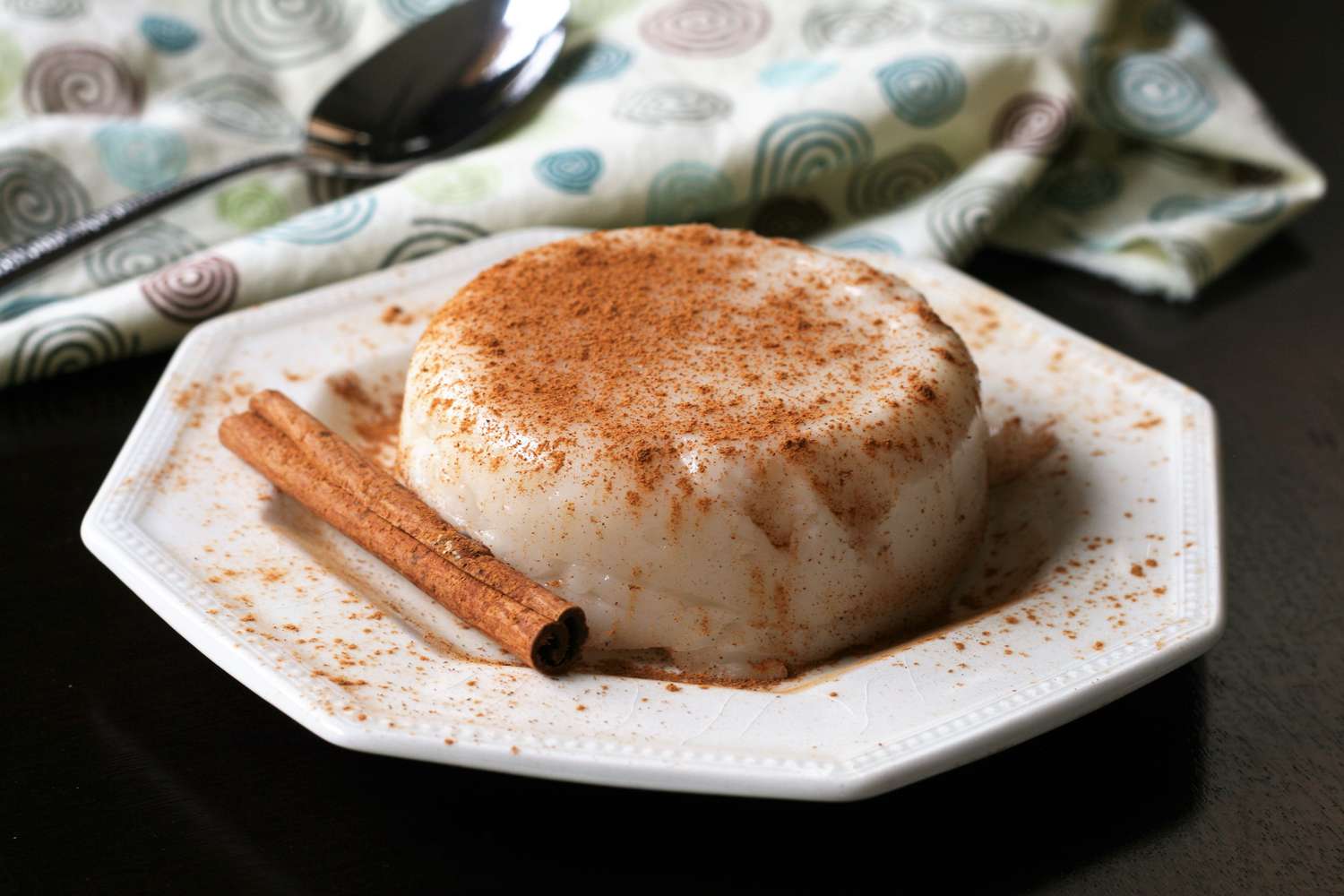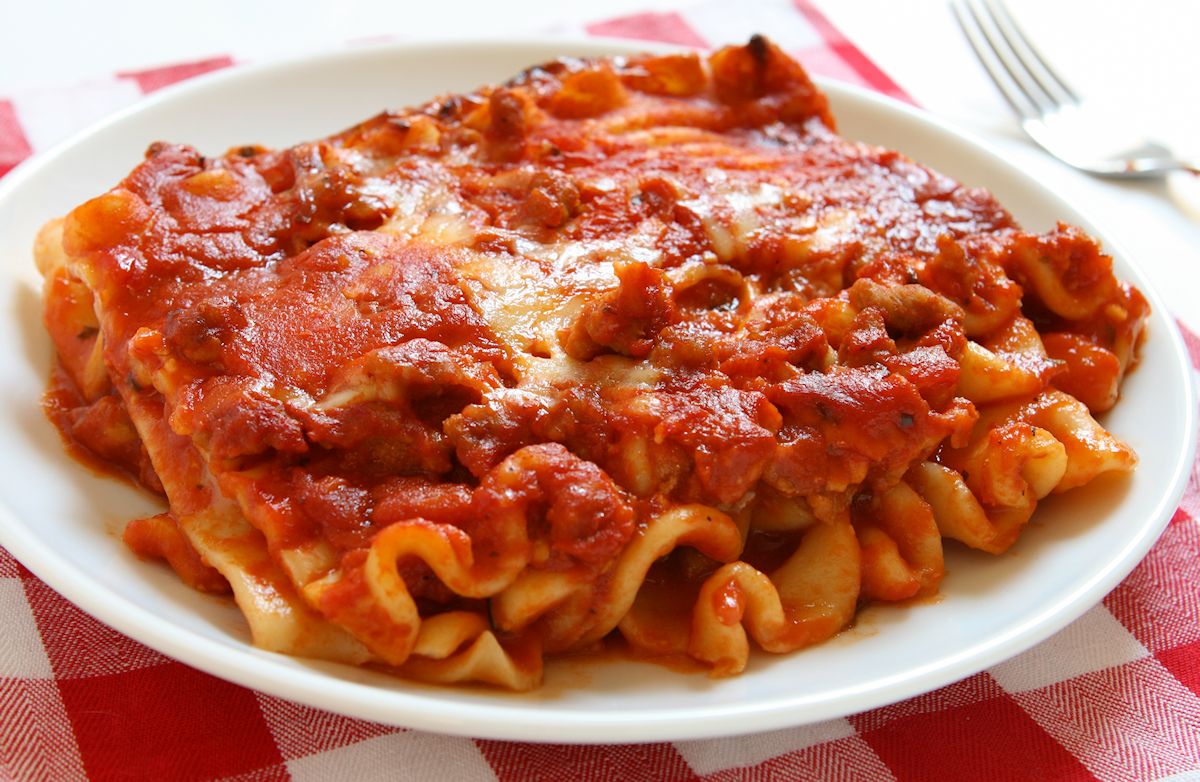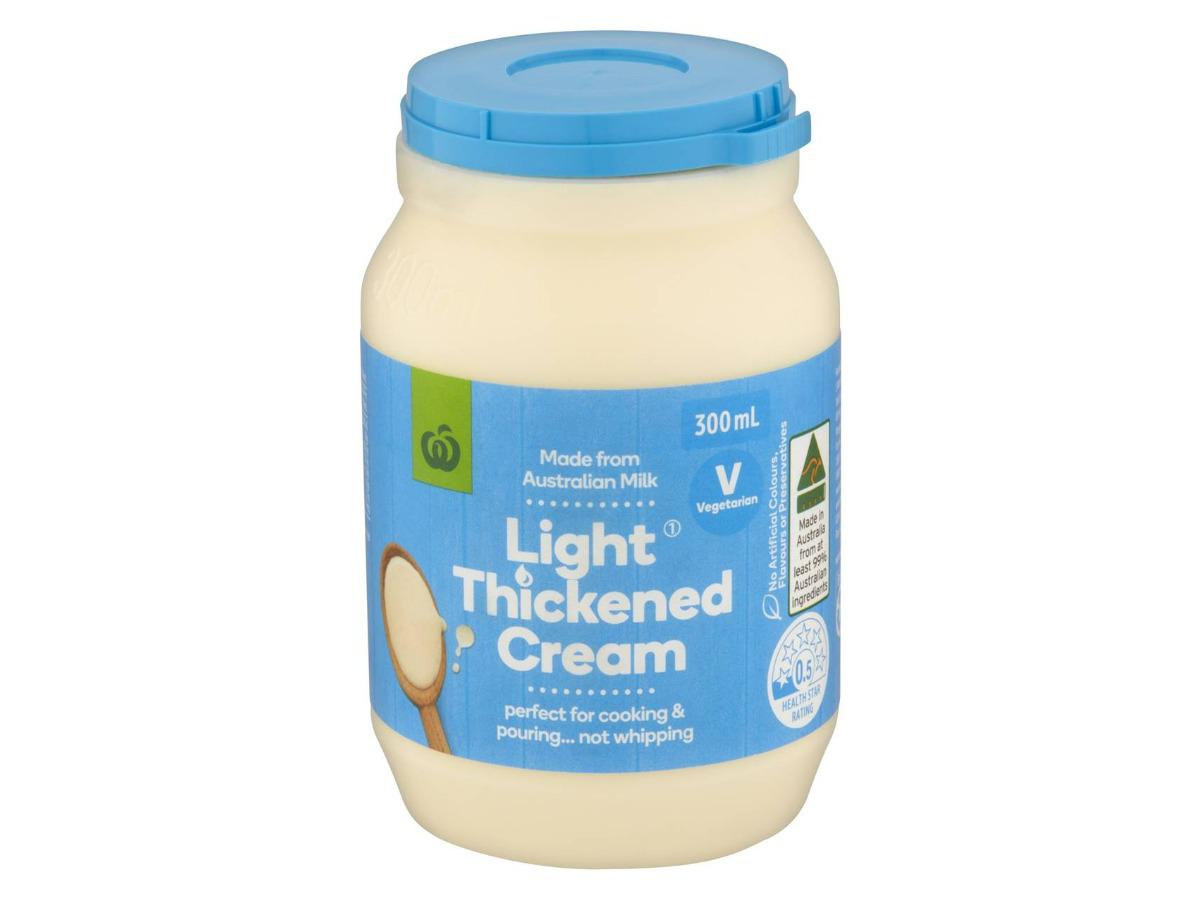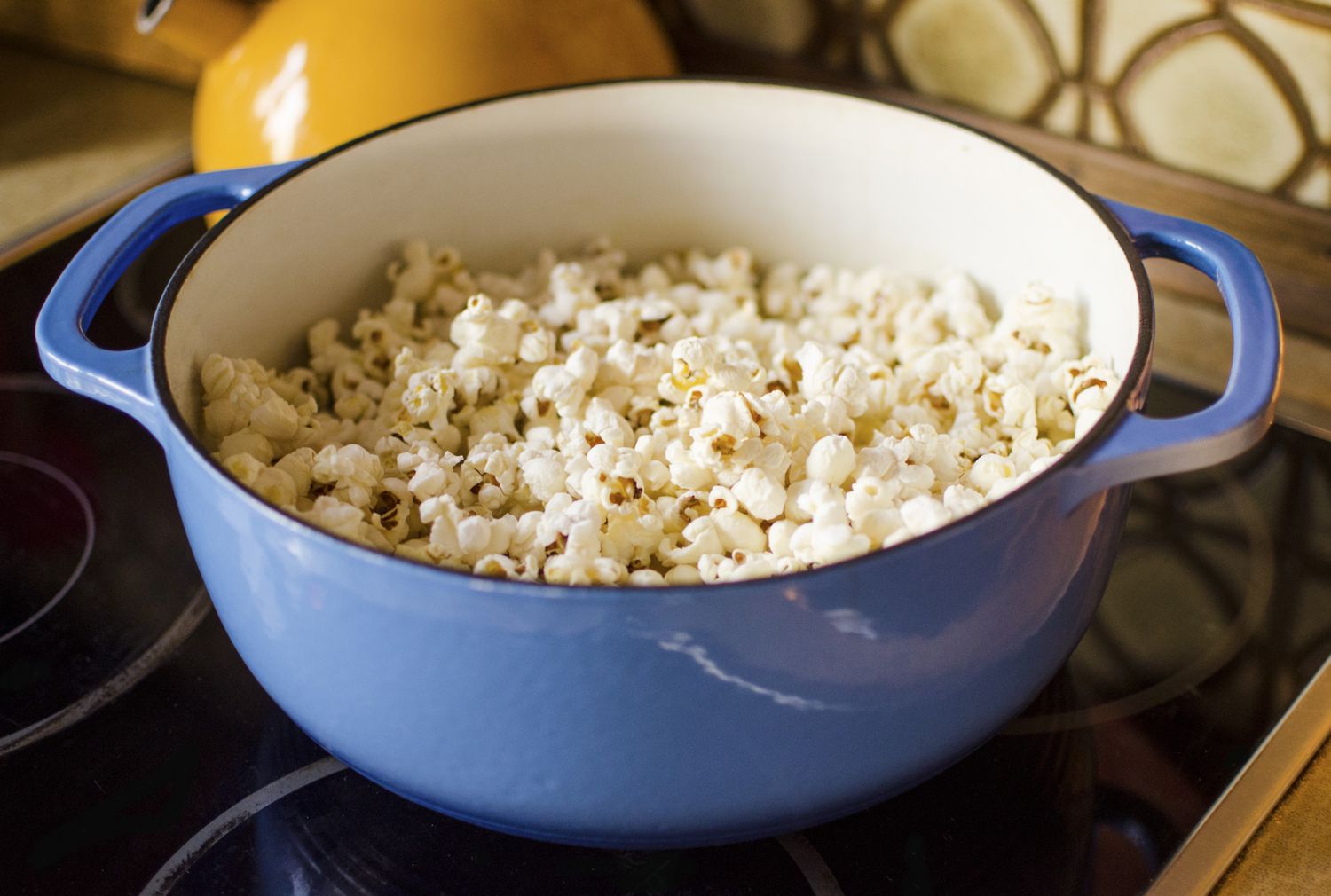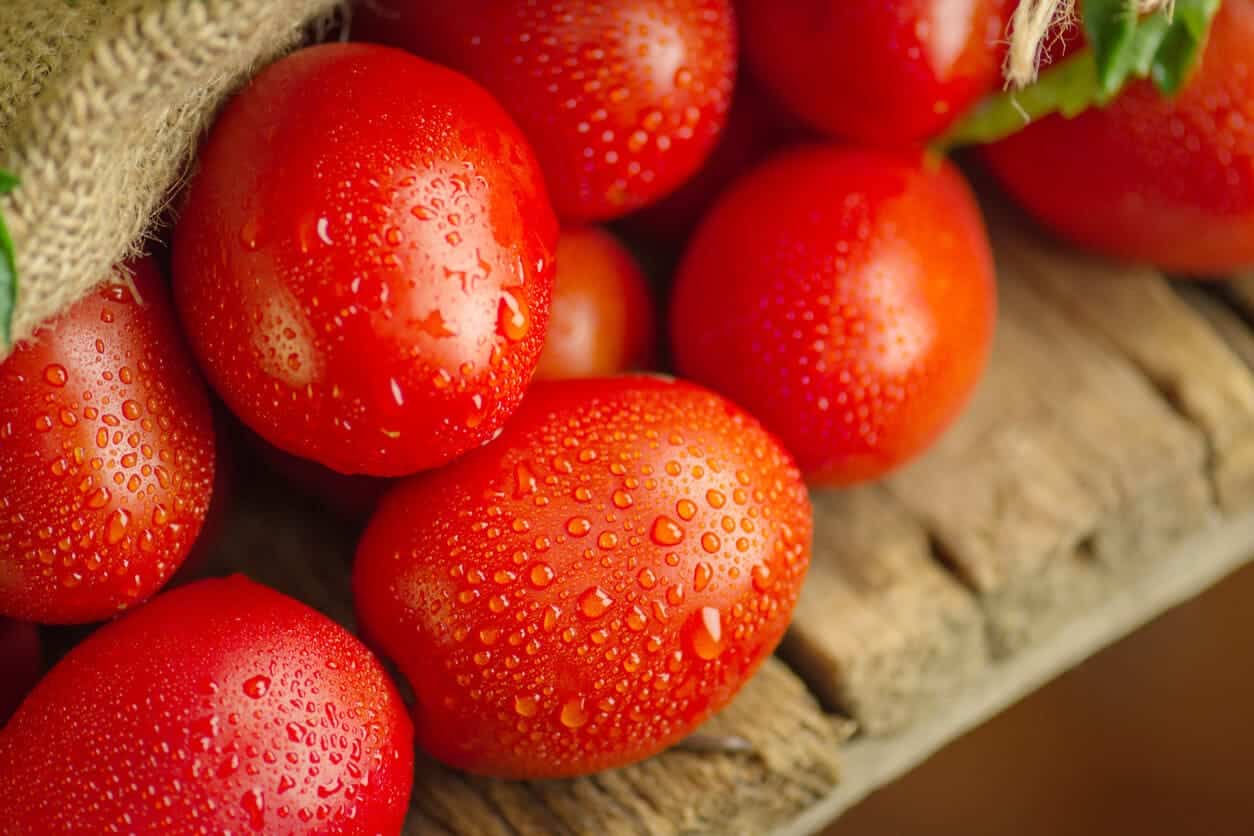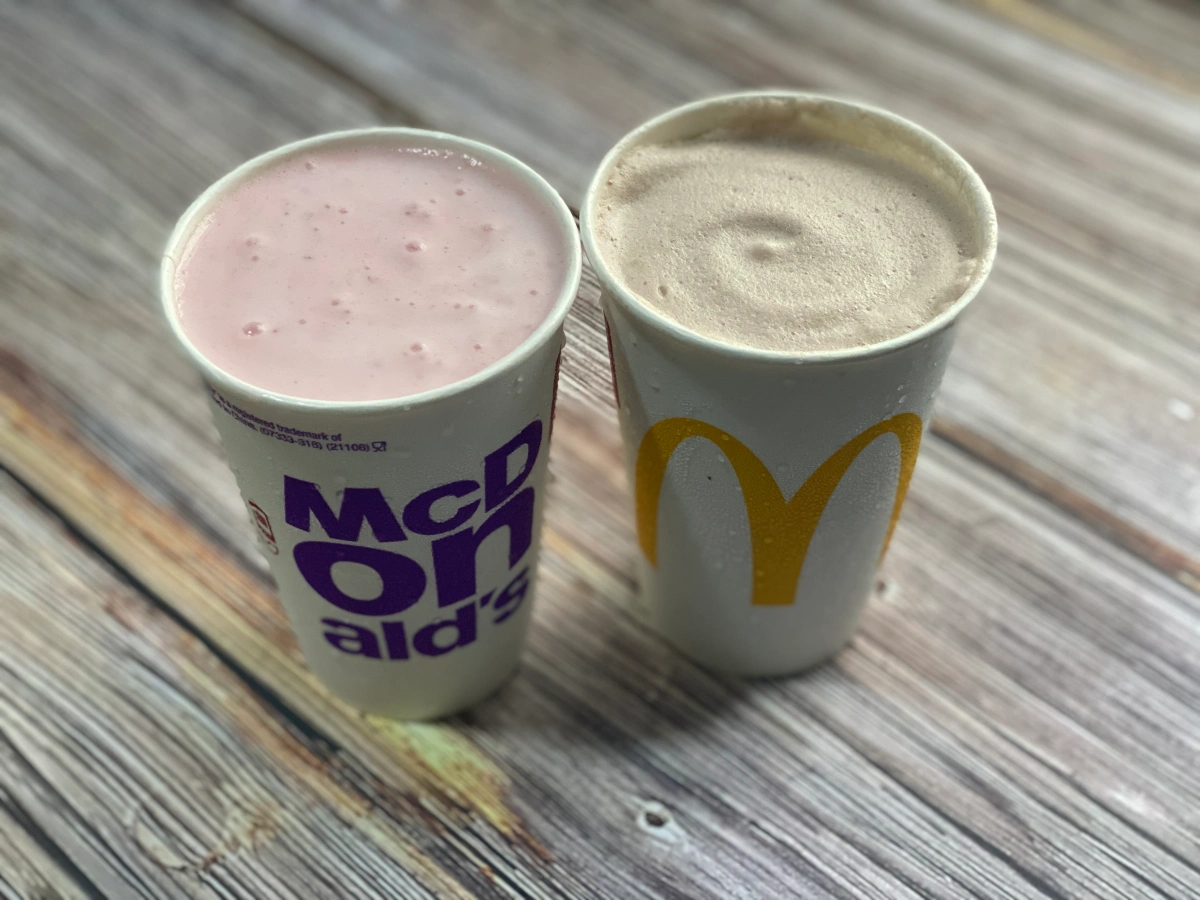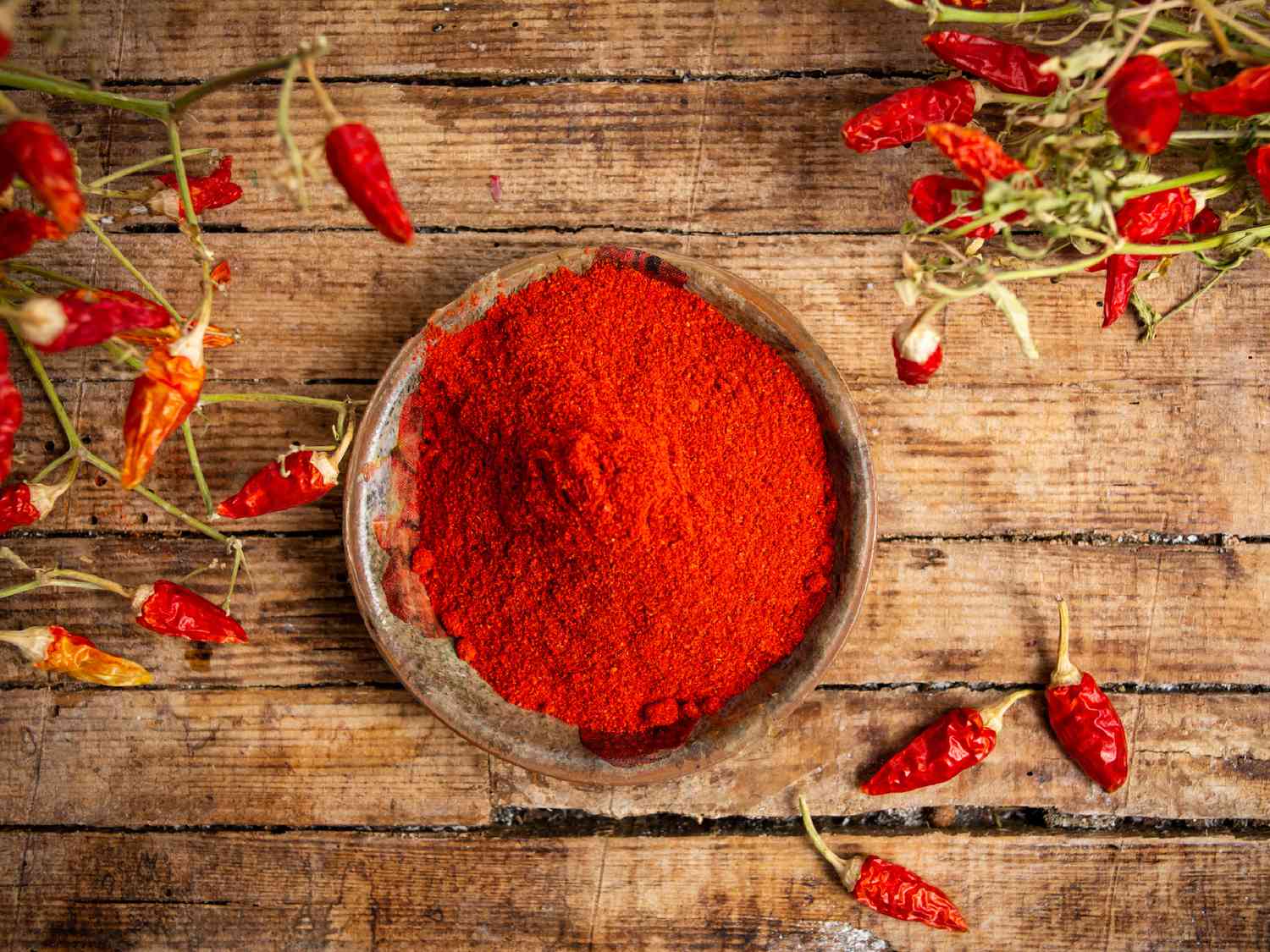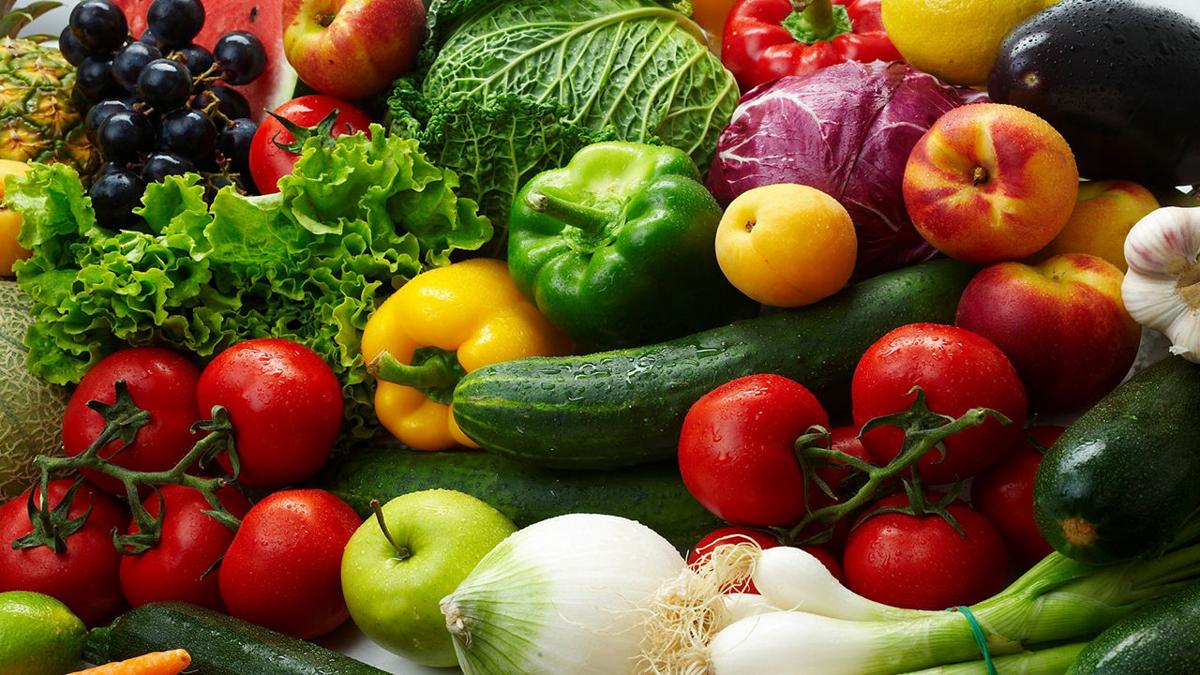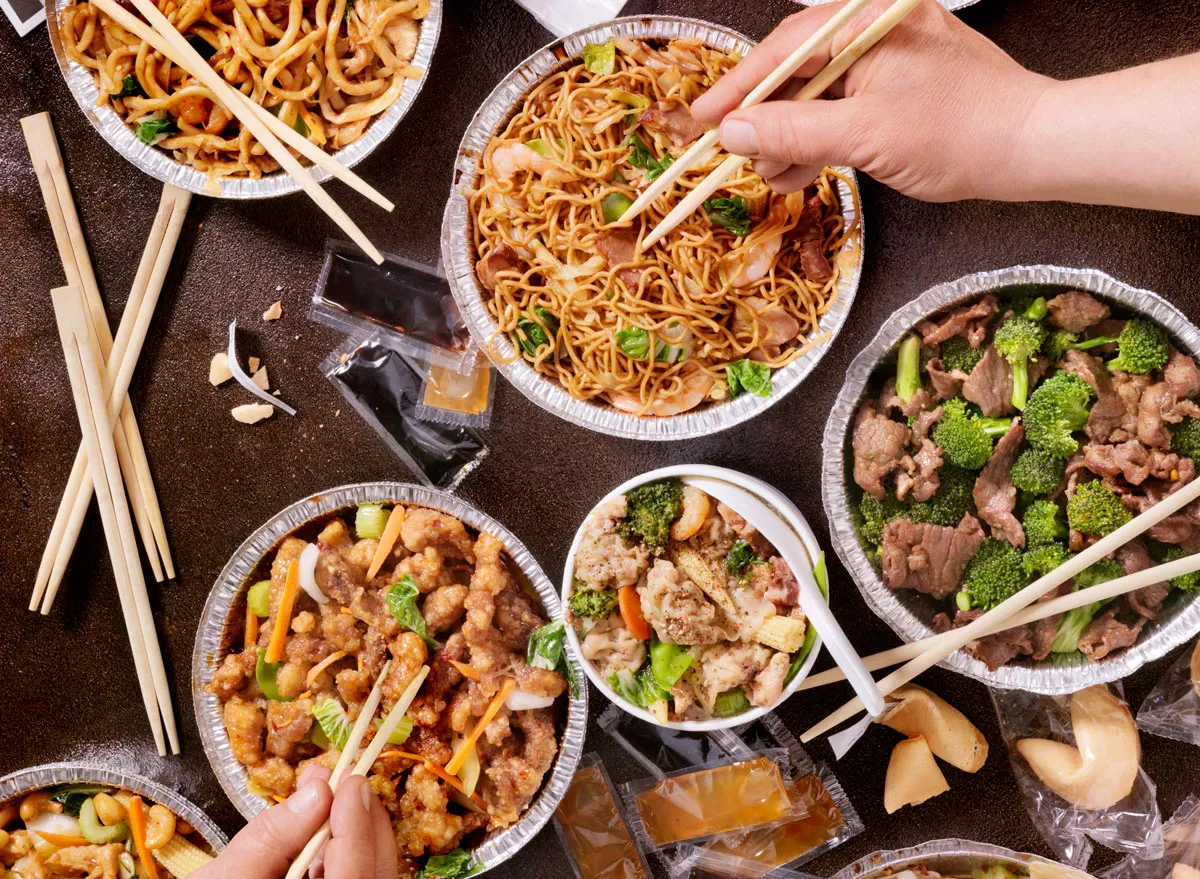Understanding Parboiled Rice: A Nutritious and Versatile Grain
When it comes to rice, there are many varieties to choose from, each with its own unique characteristics and uses. One type of rice that has been gaining popularity in recent years is parboiled rice. But what exactly is parboiled rice, and how does it differ from other types of rice?
Parboiled rice is a type of rice that has been partially boiled in the husk. This process helps to retain some of the nutrients that are usually lost during the refining process. The result is a firmer, less sticky grain that is also more nutritious than regular white rice.
The Process of Parboiling
The process of parboiling involves soaking the rice, then steaming it under pressure before drying it. This process causes the nutrients from the outer layer of the rice to move into the endosperm, making it healthier than regular white rice. The rice is then milled to remove the husk, bran, and germ, resulting in the final product.
Benefits of Parboiled Rice
Parboiled rice offers several benefits that make it a popular choice for many consumers:
- Nutrient Retention: The parboiling process helps retain more nutrients in the rice compared to regular white rice.
- Improved Texture: Parboiled rice has a firmer texture and is less sticky than regular white rice, making it ideal for dishes that require distinct grains.
- Extended Shelf Life: Due to the parboiling process, parboiled rice has a longer shelf life compared to other types of rice.
- Easy to Cook: Parboiled rice cooks up fluffy and separate, making it a versatile option for a wide range of dishes.
Uses of Parboiled Rice
Parboiled rice can be used in a variety of dishes, including:
- Rice pilaf
- Stir-fries
- Rice salads
- Rice bowls
- Rice-based desserts
Its versatility and nutritional benefits make it a great choice for anyone looking to incorporate healthier grains into their diet.
Conclusion
Parboiled rice is a nutritious and versatile grain that offers several benefits over regular white rice. Its nutrient retention, improved texture, and extended shelf life make it a popular choice for many consumers. Whether you’re looking to add more nutrients to your diet or simply want a rice variety that holds up well in a variety of dishes, parboiled rice is definitely worth considering.
Next time you’re at the grocery store, consider picking up a bag of parboiled rice and experimenting with it in your favorite recipes. You may be pleasantly surprised by the texture and flavor it adds to your dishes!
Was this page helpful?
Read Next: What Is The National Dish Of Mexico
